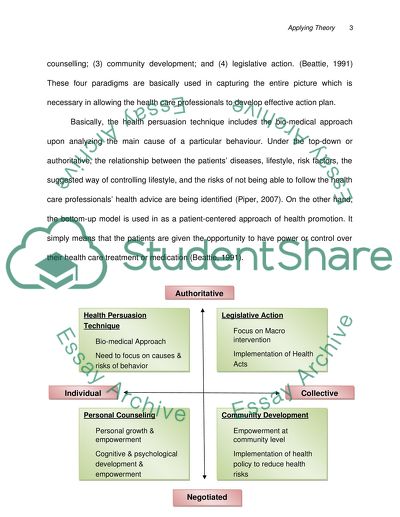Cite this document
(Health Promotion Model Analysis Coursework Example | Topics and Well Written Essays - 1750 words, n.d.)
Health Promotion Model Analysis Coursework Example | Topics and Well Written Essays - 1750 words. https://studentshare.org/health-sciences-medicine/1553683-applying-theory
Health Promotion Model Analysis Coursework Example | Topics and Well Written Essays - 1750 words. https://studentshare.org/health-sciences-medicine/1553683-applying-theory
(Health Promotion Model Analysis Coursework Example | Topics and Well Written Essays - 1750 Words)
Health Promotion Model Analysis Coursework Example | Topics and Well Written Essays - 1750 Words. https://studentshare.org/health-sciences-medicine/1553683-applying-theory.
Health Promotion Model Analysis Coursework Example | Topics and Well Written Essays - 1750 Words. https://studentshare.org/health-sciences-medicine/1553683-applying-theory.
“Health Promotion Model Analysis Coursework Example | Topics and Well Written Essays - 1750 Words”. https://studentshare.org/health-sciences-medicine/1553683-applying-theory.


